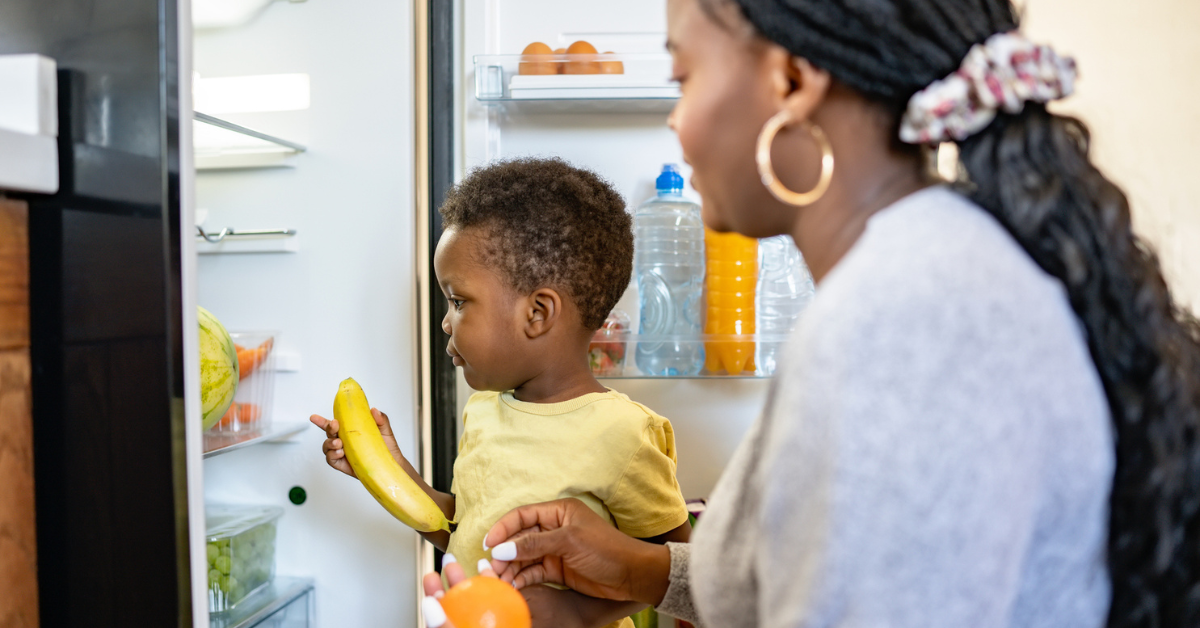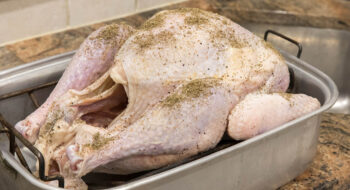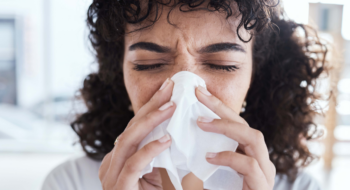Have you ever stood in front of your open refrigerator and wondered if what you were planning to prepare is still safe to eat? You’re not alone. But thankfully, there are steps you can take to know when to toss it and when it’s safe to eat.
In addition to knowing when leftovers are still safe, there are ways we can control our risk of getting food-borne illnesses based on how we prepare, cook and store food at home.
An estimated 48 million people get sick from food-borne illness every year in the United States, the Centers for Disease Control and Prevention estimates. Germs like norovirus and salmonella are among the most common to blame. They can cause diarrhea, nausea, vomiting, stomach pain and fever, even in mild cases of food poisoning.
“Food-borne illnesses are pretty common,” says Hope Brinkmann, a registered dietitian with Tidelands Health. “The good news is, there are things you can do to help prevent it altogether.”
General best practices, such as washing your hands often, storing food at safe temperatures and cooking it fully go a long way.
Here are some food-specific steps to take to help prevent food-borne illnesses:
Meat
When it comes to raw meat, you must be mindful about cross-contamination.
- Use separate cutting boards, knives and plates for raw meat. Don’t put cooked meat on the same plate that held raw meat.
- Meat needs to be stored in the refrigerator or freezer, not on the counter. When you’re thawing meat or marinating it, keep it in the fridge to prevent any unwanted bacteria growth.
- It’s essential to know when to trash it, too. Some meats can only stay in the refrigerator for one to two days, while others can go closer to a week.
- You don’t need to wash meat before cooking it. Washing raw meat is more likely to spread germs than cooking it unwashed. The best way to make meat safe to eat is to cook it to the appropriate internal temperature. The temperature varies based on what you’re cooking.
“Remember the two-hour rule,” Brinkmann says. “If food has been sitting out for that long, you should probably throw it away.”
Fruits and vegetables
When it comes to produce, food safety starts at the store.
- Avoid picking bruised or damaged fruits or vegetables. If you do find any bruises or damaged spots before eating, cut them off.
- When looking at pre-cut options, make sure they’ve been stored in a refrigerator or on ice. Fruit and vegetables that have been cut fall under the two-hour rule as well — they can be unsafe to eat if they’ve been outside of the refrigerator for that long.
When you get home, make sure to wash everything under running water. You don’t need soap or any other cleaning products.
Eggs and dairy
In a lot of ways, treat eggs similarly to how you treat meat.
Eggs: Make sure to wash your hands if you touch the yolk or whites, and don’t eat anything that contains raw eggs. (Yes, that means you should resist the urge to lick the spoon when baking.)
Some good news about eggs: They’re usually safe in the fridge for three to five weeks — even after the sell by date. Just make sure to keep them in the coldest part of the refrigerator, not the door.
Cheese: If you find mold on any kind of soft cheese, throw it out. On hard cheeses, you can keep it if you can cut the mold off with at least a one-inch margin.
Milk: Experts agree you shouldn’t drink unpasteurized milk. Pasteurizing milk is the process of heating milk to a specific temperature for a set period, killing harmful bacteria such as listeriosis, typhoid fever, tuberculosis, diphtheria and brucellosis.
“There are definitely things you can’t control when it comes to food,” Brinkmann says. “But you can breathe a little easier if you remember to keep things clean, avoid cross-contamination and store things at the right temperatures.”





